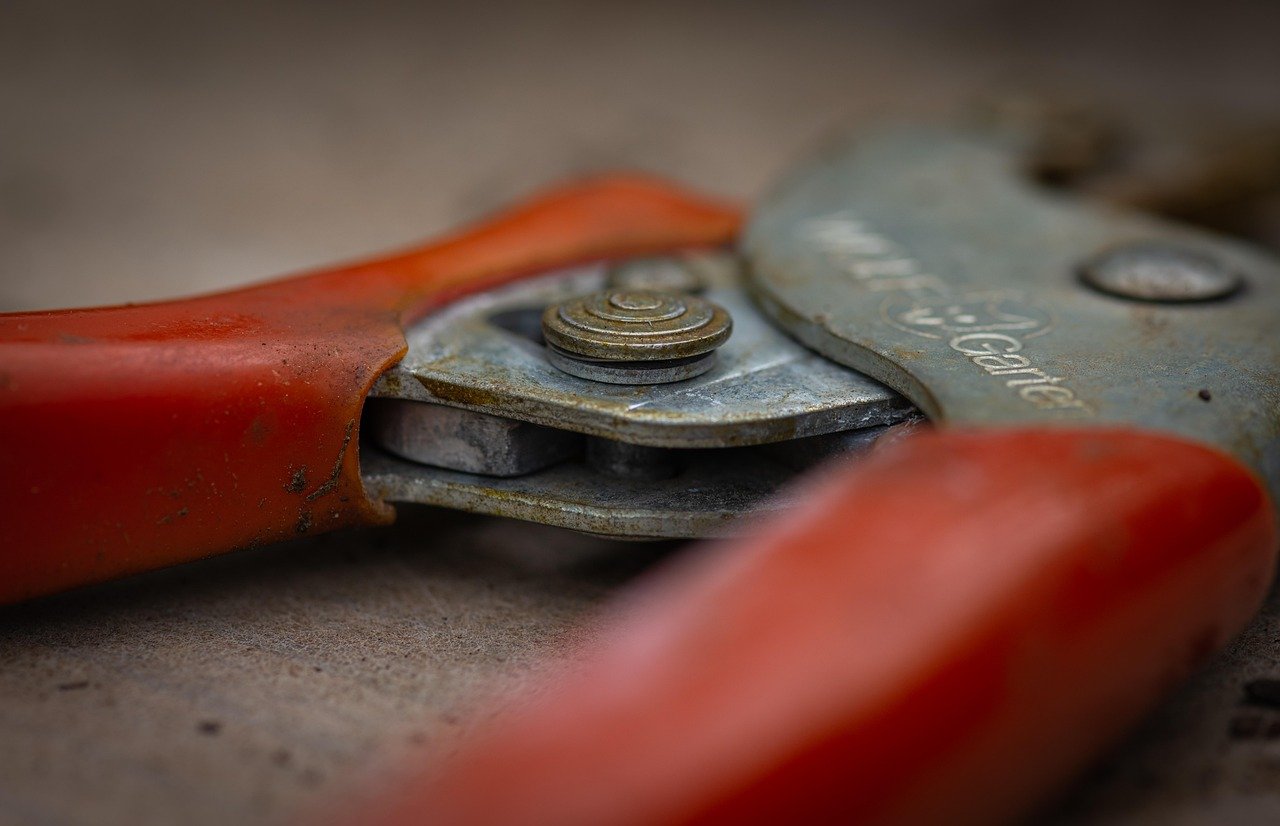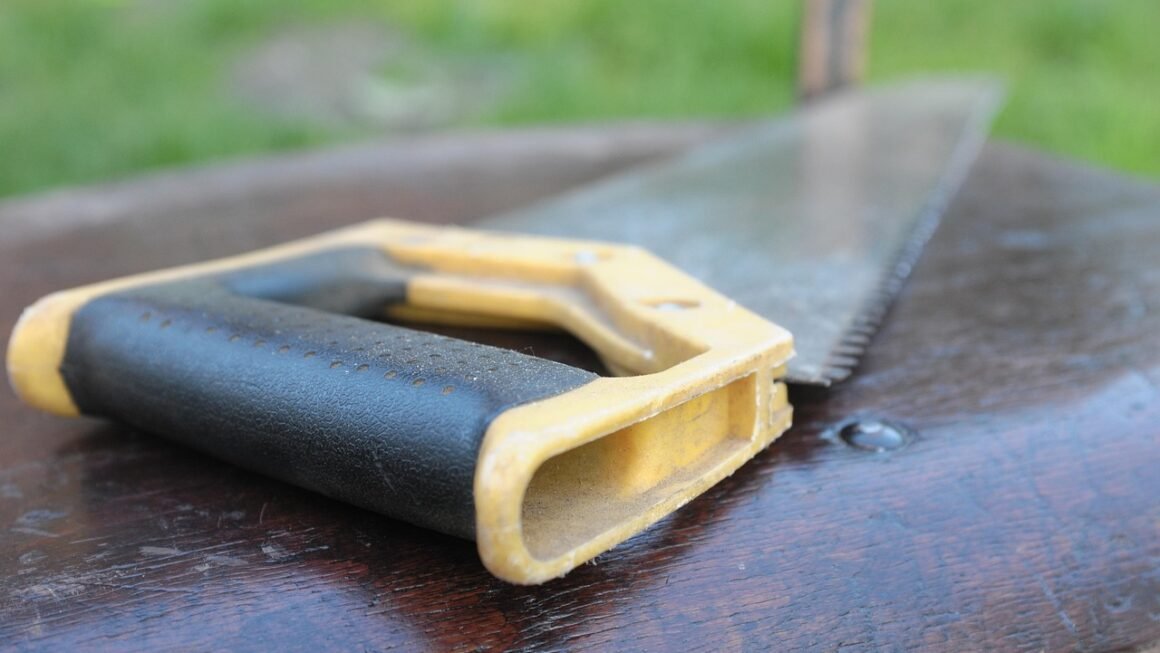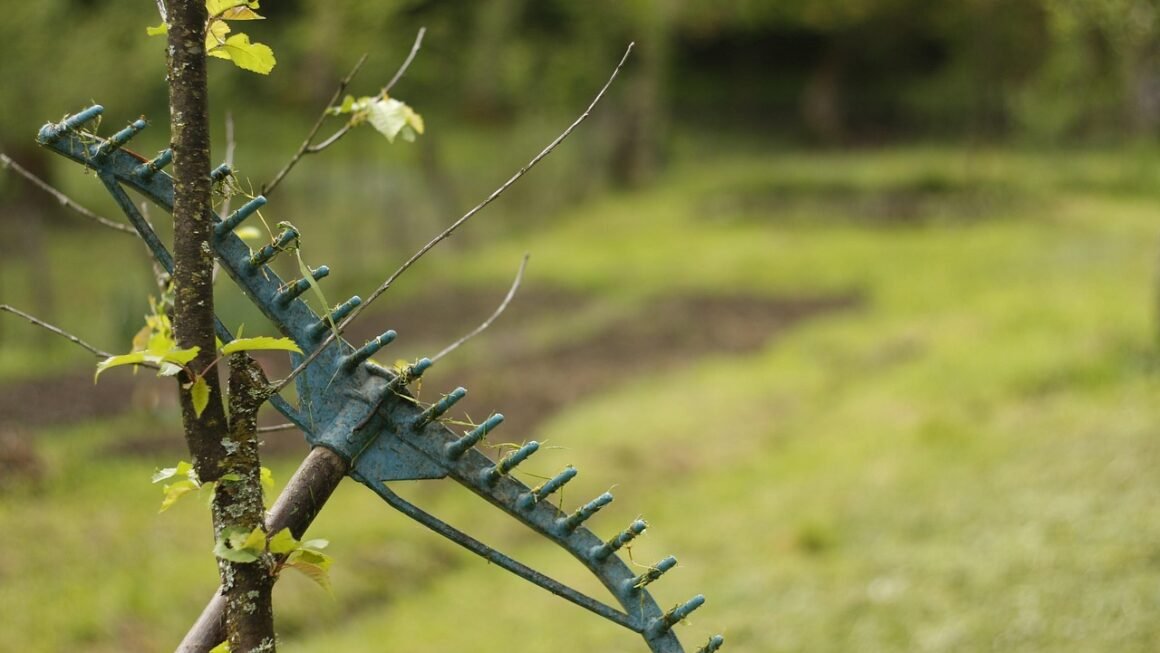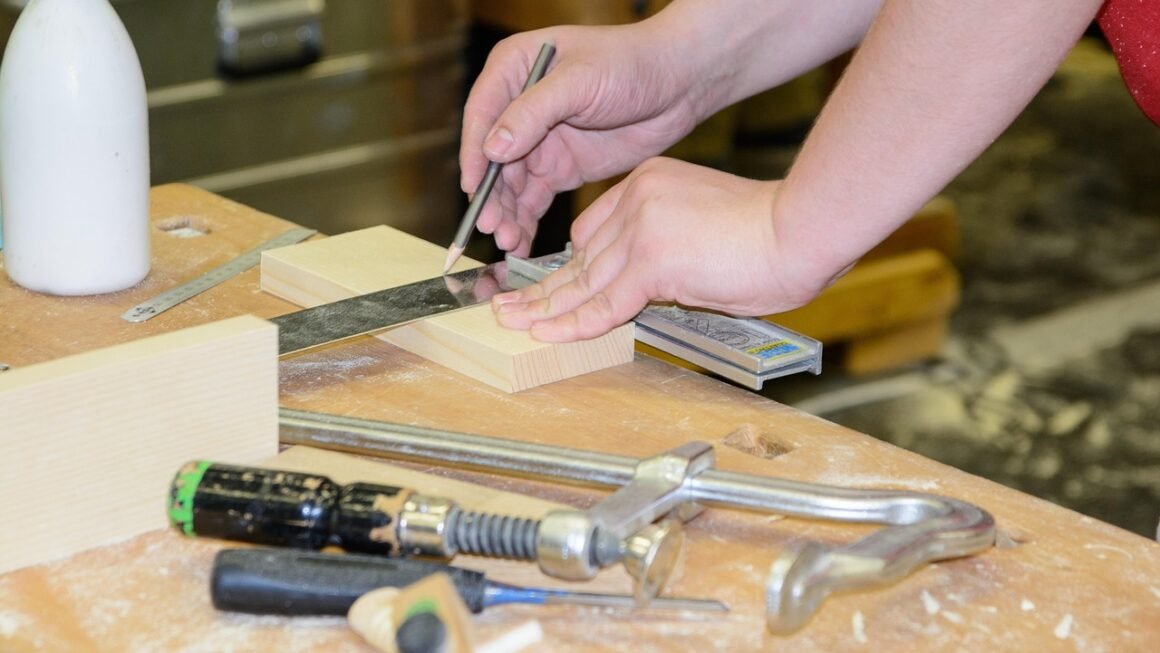Hand rakes – humble tools that often get overlooked, yet they’re indispensable for maintaining a healthy and beautiful lawn and garden. From gathering fallen leaves in autumn to prepping garden beds in spring, the right hand rake can significantly ease your yard work. But with so many types and features available, choosing the best one for your needs can be overwhelming. This guide will walk you through everything you need to know about hand rakes, ensuring you make an informed decision and get the most out of this essential garden tool.
Types of Hand Rakes
Hand rakes come in various designs, each optimized for specific tasks. Understanding these differences is crucial to selecting the right tool for the job.
Leaf Rakes
Leaf rakes, also known as lawn rakes, are designed primarily for gathering leaves and other lightweight debris from your lawn.
- Features:
Wide, fan-shaped head to cover a large area quickly.
Flexible tines made of plastic, bamboo, or metal to prevent damage to grass.
Lightweight construction for easy maneuverability.
- Example: A plastic leaf rake is ideal for sweeping up dry leaves without scratching delicate grass.
Garden Rakes
Garden rakes, also called soil rakes, are sturdier and designed for preparing soil, leveling surfaces, and removing stones and debris from garden beds.
- Features:
Sturdy, rigid tines made of steel or durable plastic.
Strong head construction to withstand pressure.
Often feature a wider head than other rake types.
- Example: A steel garden rake is perfect for breaking up clumps of soil and creating a smooth seedbed.
Thatching Rakes
Thatching rakes are specifically designed to remove thatch, a layer of dead organic material that accumulates on the surface of the soil.
- Features:
Curved, sharp tines that dig into the thatch layer.
Can be manually operated or attached to a power tool.
Often adjustable to control the depth of thatch removal.
- Example: Using a thatching rake in the spring can improve air and water circulation in your lawn.
Hand Cultivators
While not technically rakes, hand cultivators are often used in a similar way for small-scale garden tasks like weeding and loosening soil around plants.
- Features:
Short handle for precision work.
Multiple tines or blades for breaking up soil.
Ideal for small gardens, raised beds, and containers.
- Example: A hand cultivator can be used to gently loosen the soil around tomato plants before fertilizing.
Materials and Construction
The materials used in the construction of a hand rake significantly impact its durability, weight, and performance.
Tine Material
- Plastic: Lightweight and flexible, suitable for leaf rakes, but can break under heavy use.
- Steel: Durable and strong, ideal for garden rakes and thatching rakes. Resistant to bending and breaking.
- Bamboo: Environmentally friendly, lightweight, and flexible, but less durable than steel.
Handle Material
- Wood: Traditional, comfortable to grip, but can rot if not properly maintained.
- Fiberglass: Lightweight, durable, and weather-resistant.
- Steel: Strong and durable, but can be heavy and uncomfortable to grip without a cushioned handle.
Head Construction
- Ensure the head is securely attached to the handle to prevent breakage during use. Look for riveted or welded connections.
- Consider the width and shape of the head based on your specific needs. A wider head covers more ground, while a narrower head provides better maneuverability in tight spaces.
- The angle of the tines can also affect performance. Tines that are slightly angled back can help prevent the rake from digging too deeply into the soil.
Choosing the Right Hand Rake for Your Needs
Selecting the perfect hand rake depends on the specific tasks you plan to perform and the characteristics of your yard and garden.
Consider Your Yard Size
- For large lawns, a wide leaf rake will save you time and effort.
- For small gardens or tight spaces, a narrow garden rake or hand cultivator may be more suitable.
Assess Your Soil Type
- Heavy, clay soil requires a sturdy steel rake with strong tines.
- Sandy soil is easier to work with and may be managed with a lighter plastic or bamboo rake.
Identify Your Primary Tasks
- If you primarily need to gather leaves, a leaf rake with flexible tines is essential.
- If you focus on gardening tasks like soil preparation and weeding, a garden rake or hand cultivator is a better choice.
- If thatch is a problem, a thatching rake is necessary for maintaining a healthy lawn.
Budget Considerations
- Hand rakes range in price from inexpensive plastic models to more durable steel or fiberglass options.
- Consider the long-term value of investing in a higher-quality rake that will last for many years.
Maintenance and Storage
Proper maintenance and storage will extend the life of your hand rake and ensure it remains in good working condition.
Cleaning
- After each use, remove any debris, soil, or leaves that are stuck to the tines.
- Wash the rake with water and mild soap if necessary.
- Dry the rake thoroughly to prevent rust.
Storage
- Store the rake in a dry place, such as a shed or garage, away from direct sunlight and moisture.
- Hang the rake on a hook or store it upright to prevent the tines from bending or breaking.
- Consider using a rake organizer to keep your rakes neatly stored and easily accessible.
Handle Care
- For wooden handles, apply a coat of linseed oil periodically to prevent drying and cracking.
- Inspect the handle for any signs of damage, such as splinters or cracks, and repair or replace it as needed.
Conclusion
Choosing the right hand rake involves considering the types of rakes available, the materials used in their construction, your specific needs, and proper maintenance. By understanding these factors, you can select a hand rake that will help you maintain a healthy and beautiful lawn and garden for years to come. Don’t underestimate the power of this simple tool – with the right hand rake, your yard work will become more efficient and enjoyable.




